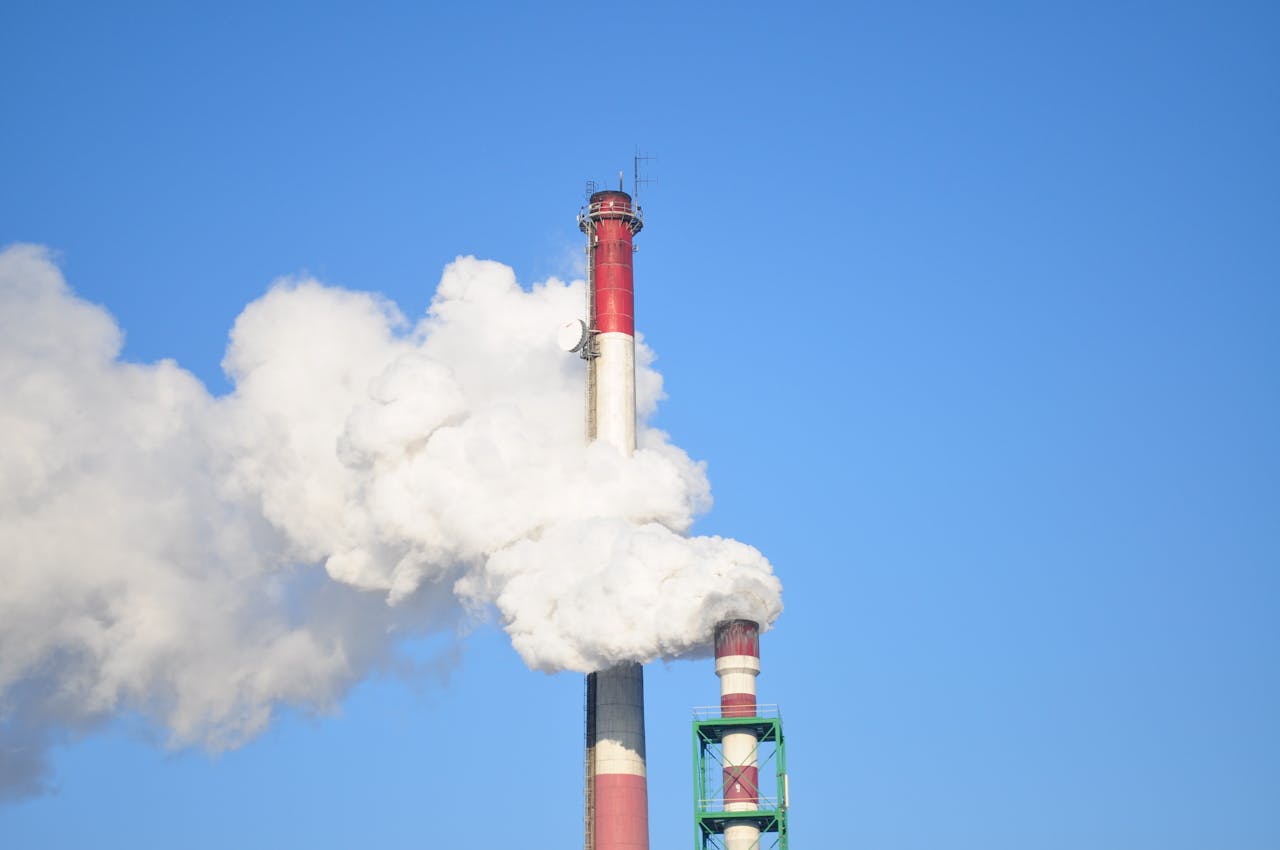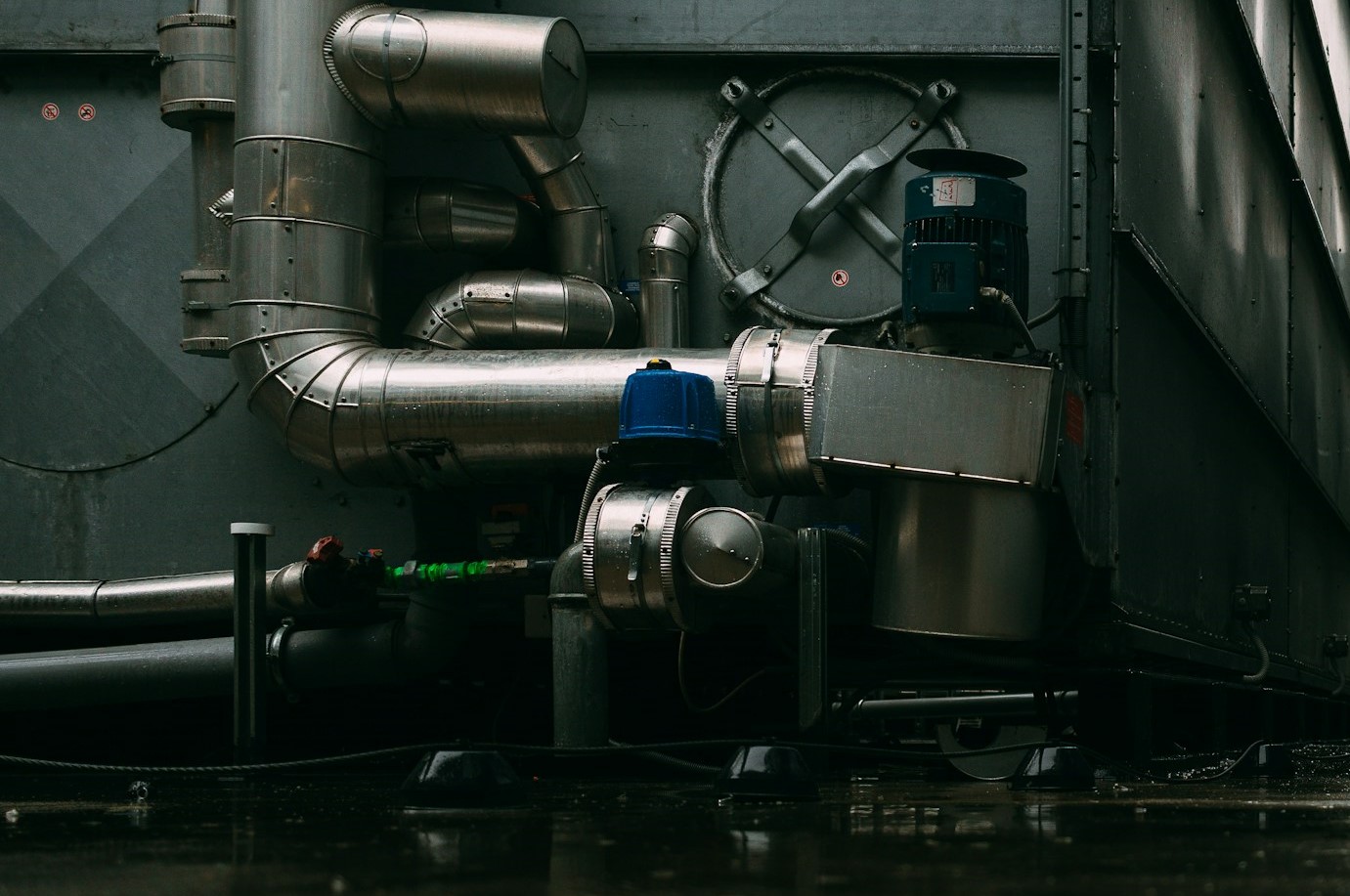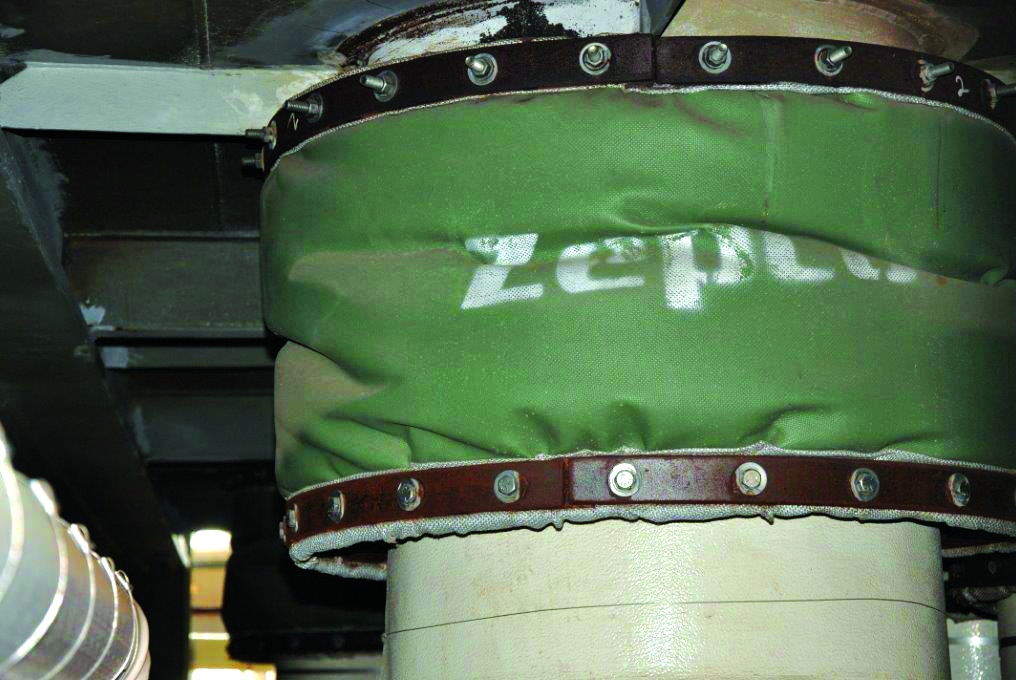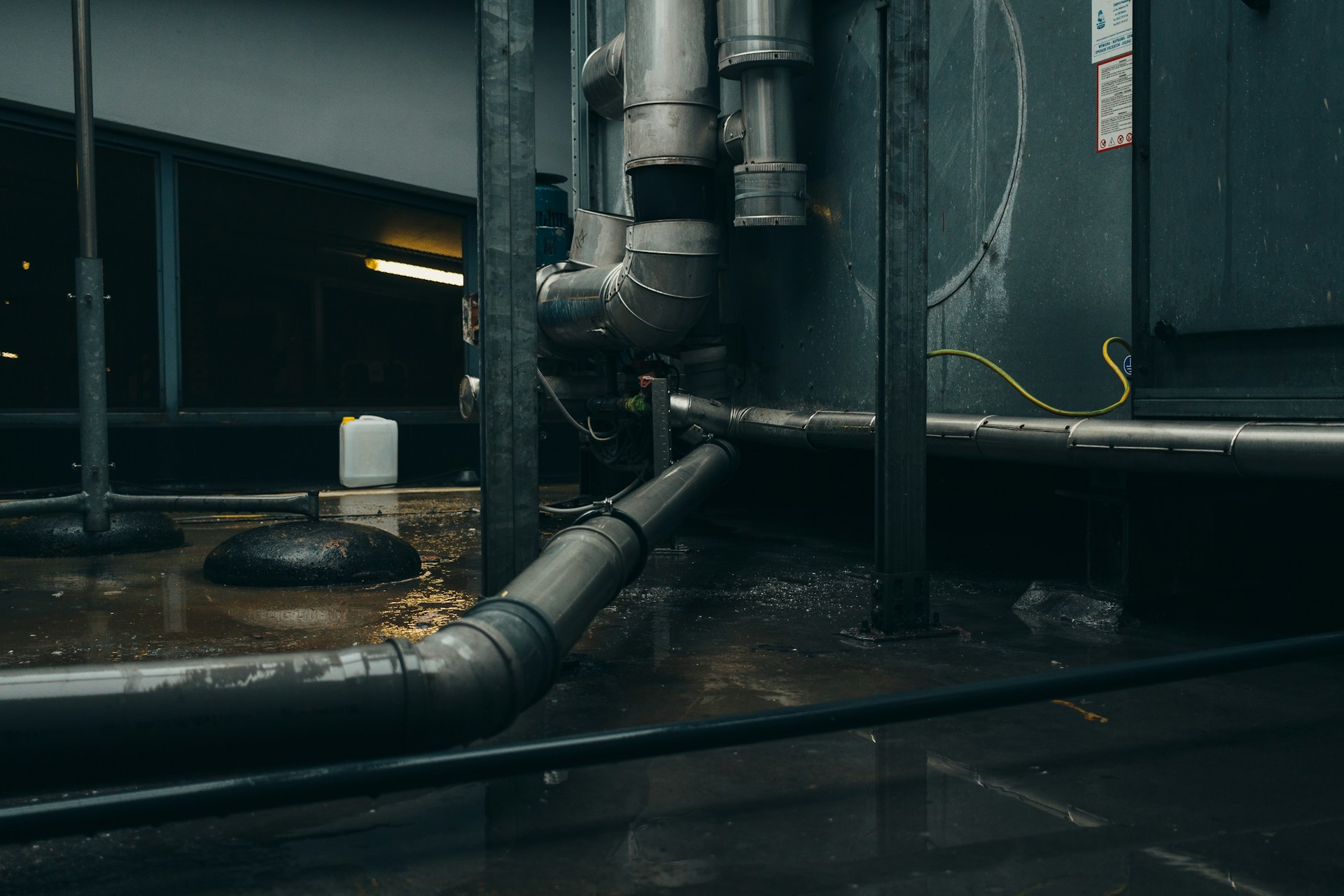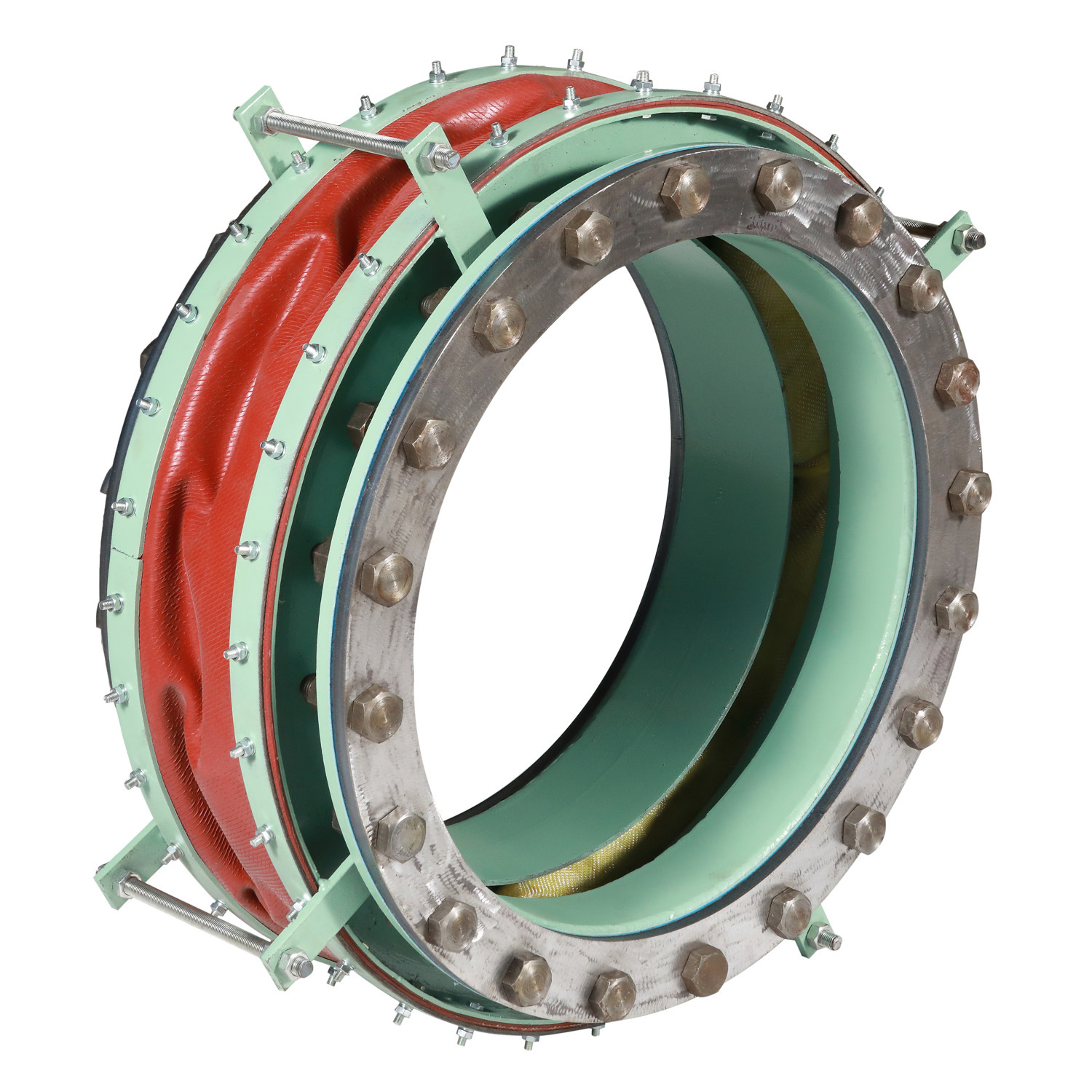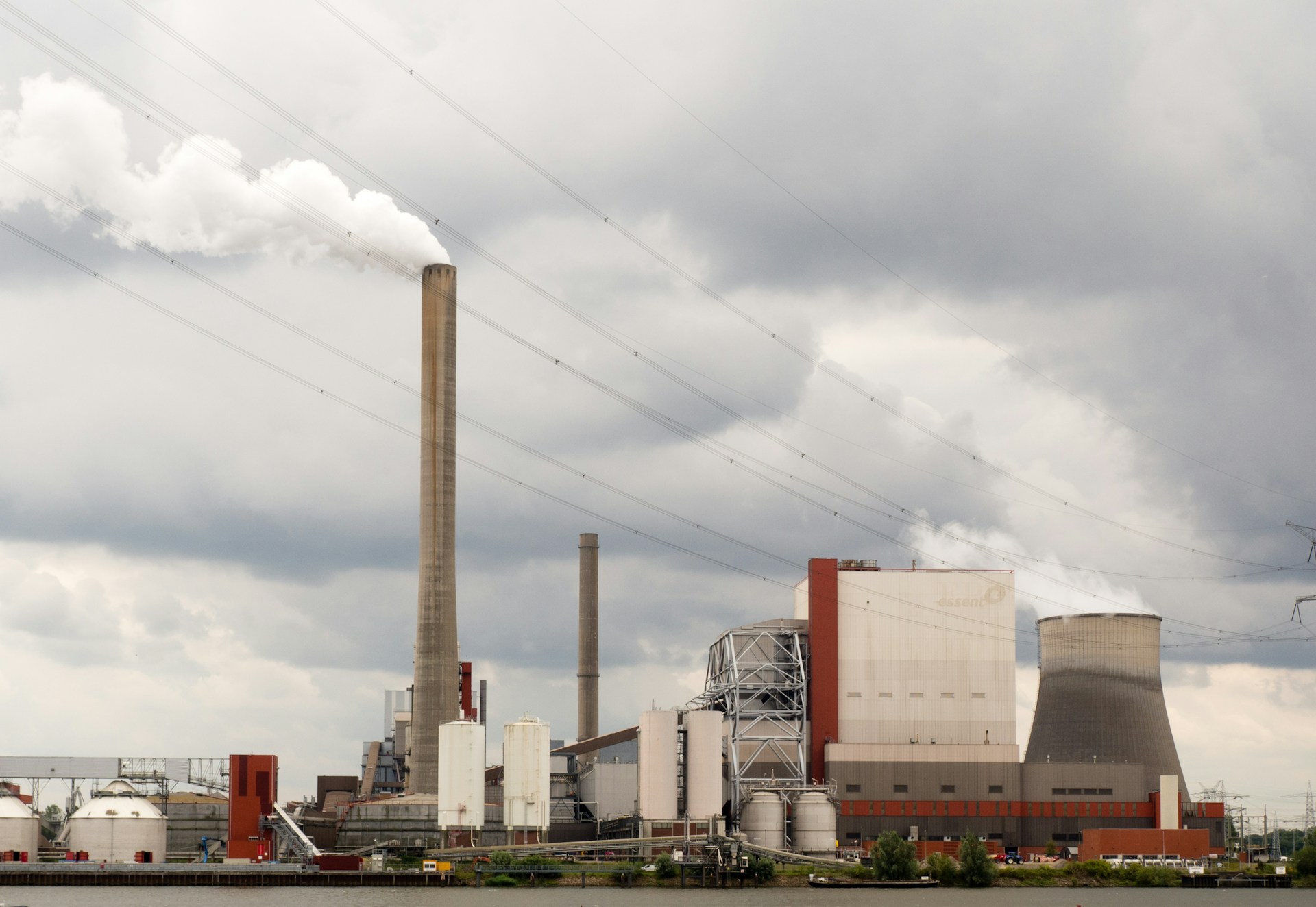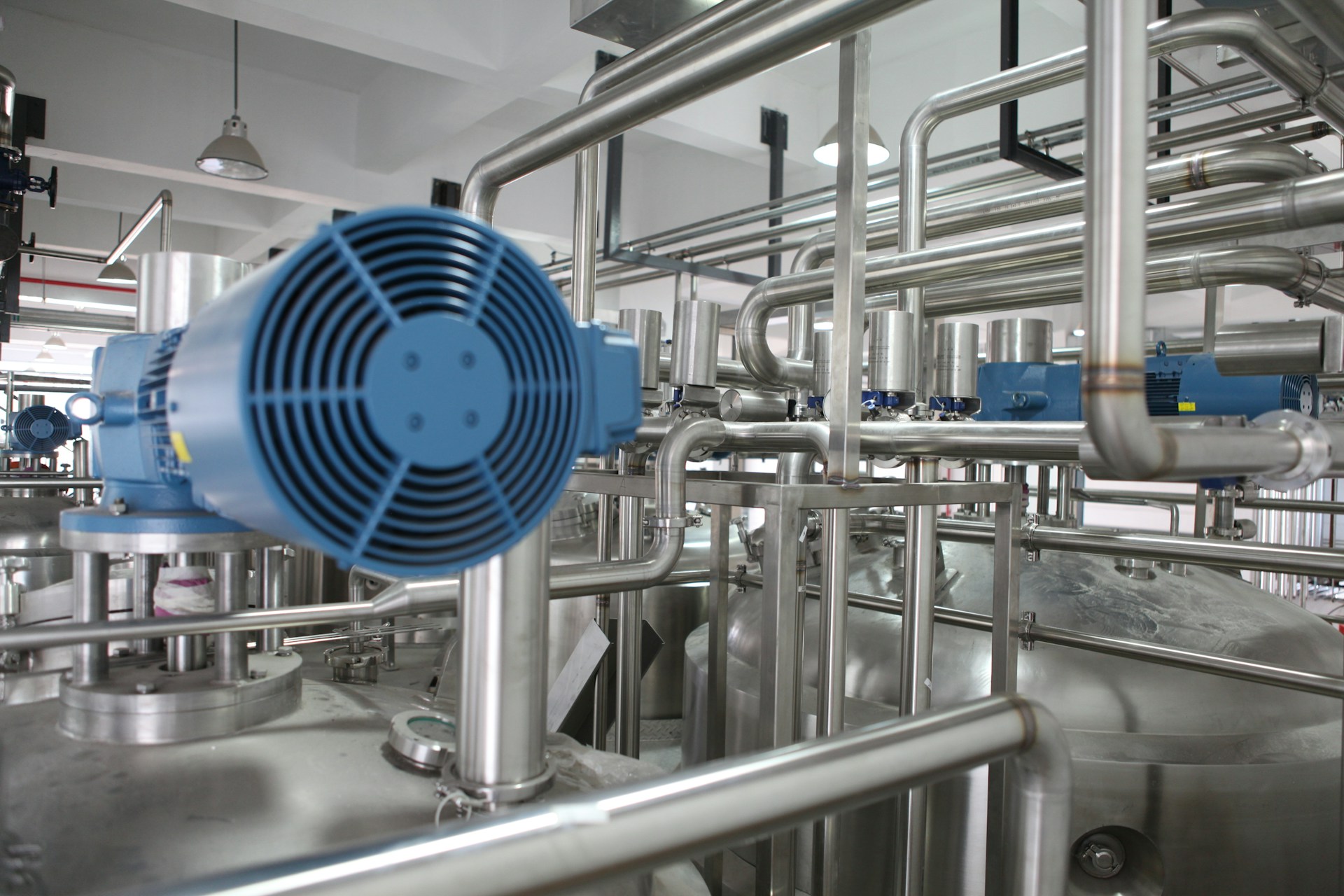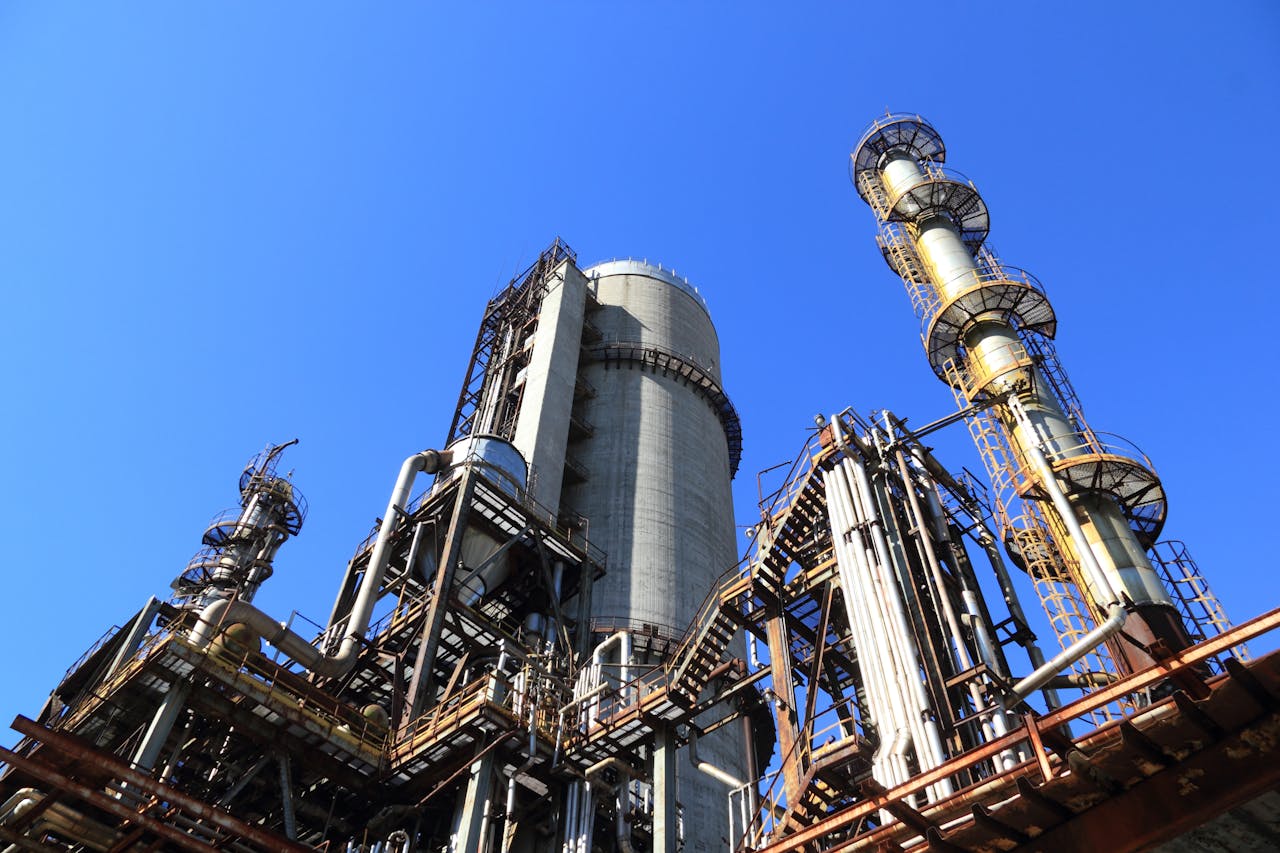
Industrial facilities rely heavily on adequately functioning ductwork expansion joints to maintain optimal HVAC system performance throughout varying weather conditions.
These crucial components accommodate thermal movement and prevent system damage, making their maintenance essential for operational efficiency.
Understanding Weather Impact on Ductwork Systems
Extreme temperature fluctuations can significantly affect ductwork expansion joints, causing material stress and potential system failures.
During summer months, high temperatures cause metal ducts to expand, while winter conditions lead to contraction, putting additional strain on these vital components.
Seasonal Maintenance Requirements
Proper maintenance of ductwork expansion joints is crucial for their longevity and reliable performance throughout seasonal changes. Each season brings unique challenges that can impact the functionality and lifespan of these components.
Below are detailed seasonal maintenance considerations to ensure optimal performance:
Spring Preparation:
- Inspect joints for wear and ensure proper flexibility before the summer heat.
- Clean and lubricate moving parts to prevent damage from friction.
- Check alignment to avoid uneven stress.
Summer Management:
- Monitor joint performance during peak heat for stress or damage.
- Use cooling strategies, like insulation, to reduce thermal stress.
- Ensure joints accommodate thermal expansion within design limits.
Fall Preparation:
- Inspect for summer-related wear and repair as needed.
- Prepare joints for contraction forces by cleaning and lubricating.
- Check support structures for stability.
Winter Maintenance:
- Monitor for strain or cracking from low temperatures.
- Use insulation to prevent brittleness in materials.
- Conduct regular checks to ensure efficient system performance
Adhering to these seasonal maintenance practices can prolong the life of ductwork expansion joints and ensure they perform optimally year-round, reducing the risk of costly repairs or system downtime.
Winter Protection Strategies
During winter, ductwork expansion joints face unique challenges from freezing temperatures and thermal stress. Implementing effective protection strategies is essential to ensure their durability and functionality.
- Install Insulation: Proper insulation shields expansion joints from freezing conditions, reducing thermal stress and maintaining flexibility.
- Moisture Monitoring: Regular checks for moisture buildup help prevent ice formation that could impede joint movement.
- Heating Trace Systems: In regions with extreme cold, heating trace systems prevent freezing to maintain stable joint performance.
By addressing these winter-specific risks, you can ensure reliable operation and minimize damage during the cold season.
Preventative Maintenance Solutions
Proactive maintenance is the key to maximizing the lifespan of ductwork expansion joints and ensuring year-round efficiency. A well-thought-out maintenance plan can prevent unexpected failures and costly repairs.
- Scheduled Inspections: Climate-specific inspection schedules help identify issues early and enhance joint longevity.
- Document Movement Ranges: Recording movement patterns provide insights into wear trends and potential failure points.
- Calibrate Indicators: Regular calibration of movement indicators ensures accurate system monitoring and smooth seasonal transitions.
Consistent preventative maintenance extends the life of expansion joints and ensures the entire system operates at peak efficiency.
Getting Professional Assistance
Contact Zepco’s certified technicians for specialized ductwork expansion joints maintenance programs tailored to your facility’s specific needs.
Our team provides expert installation, repair, and maintenance services to ensure optimal performance in all weather conditions.
Remember, proper maintenance of ductwork expansion joints is crucial for system longevity and efficient operation throughout the year.
Call us today at +1-864-428-8243!

